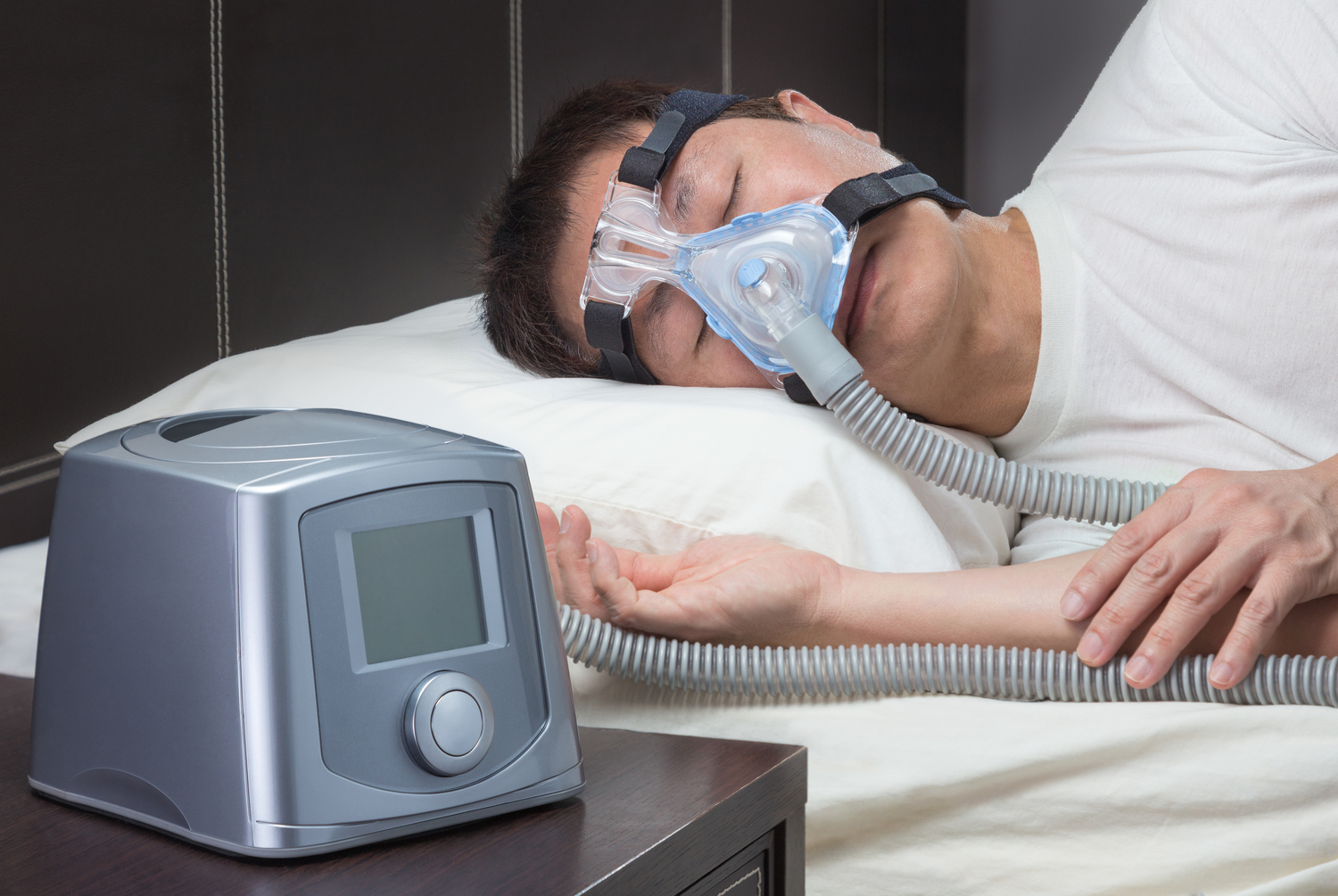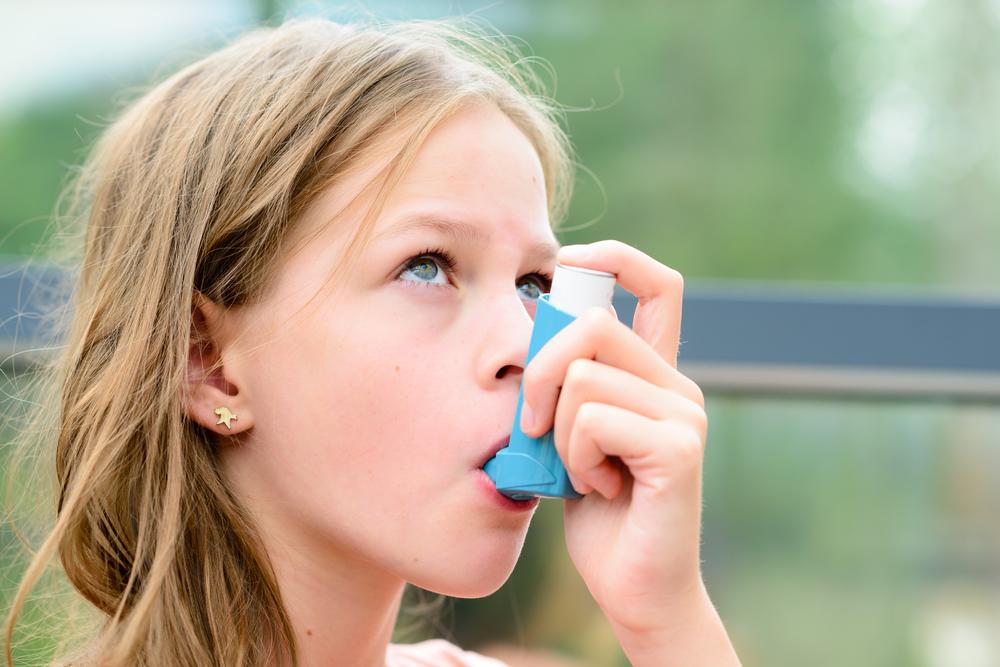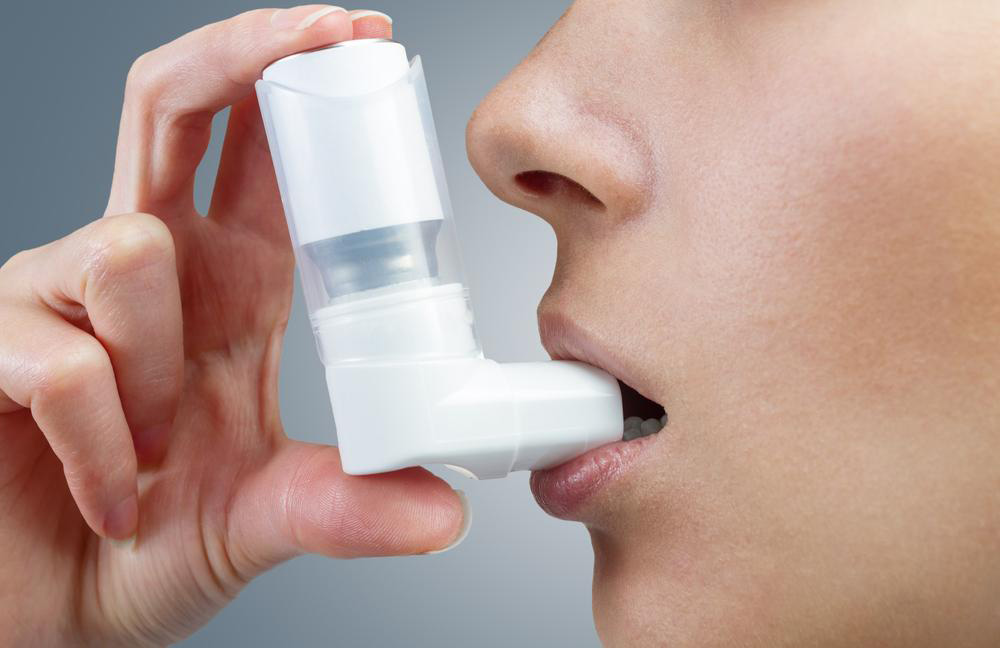Comprehensive Guide to Recognizing and Managing Severe Asthma Symptoms in Adults
Severe asthma in adults can cause life-threatening symptoms like difficulty speaking, chest tightness, and bluish skin. Recognizing early warning signs and managing triggers effectively is essential for preventing serious health crises. This comprehensive guide discusses the causes, symptoms, and management strategies for severe asthma, emphasizing the importance of medical oversight combined with self-care practices to improve quality of life.

Understanding Serious Asthma Signs in Adults for Better Health Management
A lot of adults often overlook the early warning signs of asthma, mistakenly attributing breathing difficulties to minor issues. However, when asthma progresses into a severe stage, it can lead to life-threatening episodes that demand immediate attention. Severe asthma in adults manifests through frequent, intense attacks characterized by significant airway constriction, making every breath an arduous task. Recognizing these symptoms early can significantly improve management outcomes and prevent emergencies.
Why does severe asthma impair speech and breathing?
Severe asthma hampers both the inhalation and exhalation processes, leading to difficulty in breathing and speaking.
In adults experiencing critical asthma, insufficient airflow limits full exhalation, causing a sensation of breathlessness.
This difficulty often results in slowed speech that includes frequent pauses, as individuals need to take short, repeated breaths.
Such symptoms intensify during asthma attacks when airway narrowing is at its peak.
Repeated or severe flare-ups can progressively make talking more challenging, severely affecting communication and quality of life.
Common causes leading to severe asthma in adults include:
Lack of regular medical check-ups, which leads to poorly managed and uncontrolled asthma that can escalate into severe forms.
Ongoing exposure to environmental triggers, such as pollutants, smoke, or allergens, worsens symptoms over time.
Neglecting prescribed medications, improper use of inhalers, or failure to monitor asthma control with tools like peak flow meters increases risks of severity.
The distinction between severe and poorly controlled asthma:
Severe asthma affects approximately 5% of people diagnosed with asthma and often requires advanced and specialized treatment strategies.
Poorly controlled asthma impacts about 12% of asthma patients, and with proper adjustments, symptoms can often be managed effectively.
While well-managed asthma responds to routine medication and lifestyle changes, severe asthma demands continuous medical oversight and sometimes specialized therapies.
Effective management relies on a combination of self-care practices and consistent follow-up with healthcare professionals to prevent exacerbations.
Why do some with severe asthma experience chest tightness or breathlessness even at rest?
Normally, resting reduces the body's oxygen demands, making breathing easier for most individuals.
However, in severe asthma, persistent airway constriction caused by inflammation or trigger exposure can cause discomfort even without physical activity.
This ongoing tightness results from muscles around the airways tightening in response to irritants, allergens, or inflammation, leading to a sensation of suffocation.
What causes bluish skin in severe asthma sufferers?
When airway blockage significantly reduces oxygen intake, blood oxygen levels drop, resulting in a bluish discoloration known as cyanosis.
This change is most noticeable around the lips, fingertips, and near the eyes, especially in individuals with lighter skin tones, signaling urgent medical attention is needed.
If you are diagnosed with severe asthma, it's essential to keep your inhalers and medications within easy reach at all times. Regular consultations with healthcare providers are critical to monitor your condition, adjust treatments, and prevent life-threatening complications. Awareness of the symptoms and prompt response can significantly improve your quality of life and reduce the risk of emergencies.





